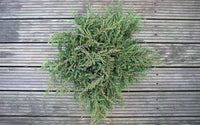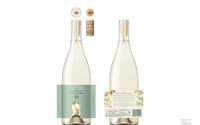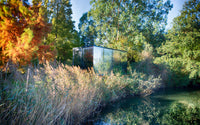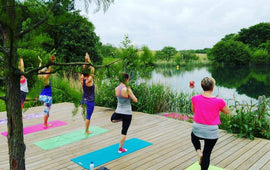Your garden has a symbiotic relationship with bees – to enjoy beautiful flowers you will need bees to pollinate them and, in return, the bees need flowers for sustenance.
Bee populations in the UK are declining and some species are becoming extinct. It is not just the beauty of your garden that is in jeopardy should these familiar insects continue to dwindle.

Why bees are so important
Pollinating insects play a key role in producing much of the food that we eat. Through the pollination of many commercial crops such as tomatoes, peas, apples and strawberries, insects are estimated to contribute over £400 million per annum to the UK economy and €14.2 billion per annum to the EU economy. If bumblebee and other insect pollinator declines continue, the extremely high cost of pollinating these plants by other means could significantly increase the cost of fruit and vegetables.
Bumblebees also help pollinate many wildflowers, allowing them to reproduce. Without this pollination many of these plants would not produce seeds, resulting in declines in wildflowers. As these plants are often the basis of complex food chains, it is easy to imagine how other wildlife such as other insects, birds and mammals would all suffer if bees disappeared. Visit The Bumblebee Conservation Trust website to find out more.

Why they are under threat
Bumblebees are mainly under threat because of changes to the countryside in the UK. Changes in agricultural techniques have meant that there are far fewer wildflowers in the landscape than there used to be, meaning that many of our bumblebee species are struggling to survive.
Neonicotinoids

There is mounting evidence that Neonicotinoids (or ‘neonics’) are contributing to the decline in bees in the UK. Neonics are systemic pesticides; unlike contact pesticides, which remain on the surface, neonics are absorbed into the plant. Plants are sprayed or seeds are coated in these pesticides, which then are taken up by every part of the plant as it grows. Visit The Soil Association website to find out more.
What you can do to help
As a rule of thumb, your garden should provide bee-friendly flowers that are rich in pollen and nectar which bees can easily access from spring until late summer. This will ensure that there is a good supply of pollen at all of the crucial times. This is a list of early summer flowering plants that you can plant this weekend to attract and help bees.
- Aquilegia
- Astilbe
- Campanula
- Comfrey
- Delphinium
- Everlasting sweet pea (Lathyrus latifolius)
- Fennel
- Foxglove
- Hardy geranium
- Potentilla
- Salvia
- Snapdragon
- Stachys
- Teasel
- Thyme
- Verbascum







